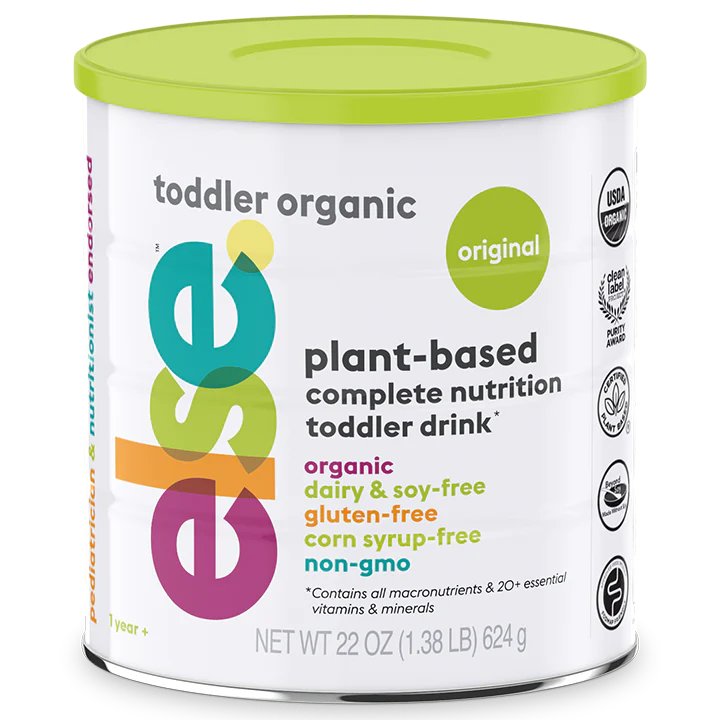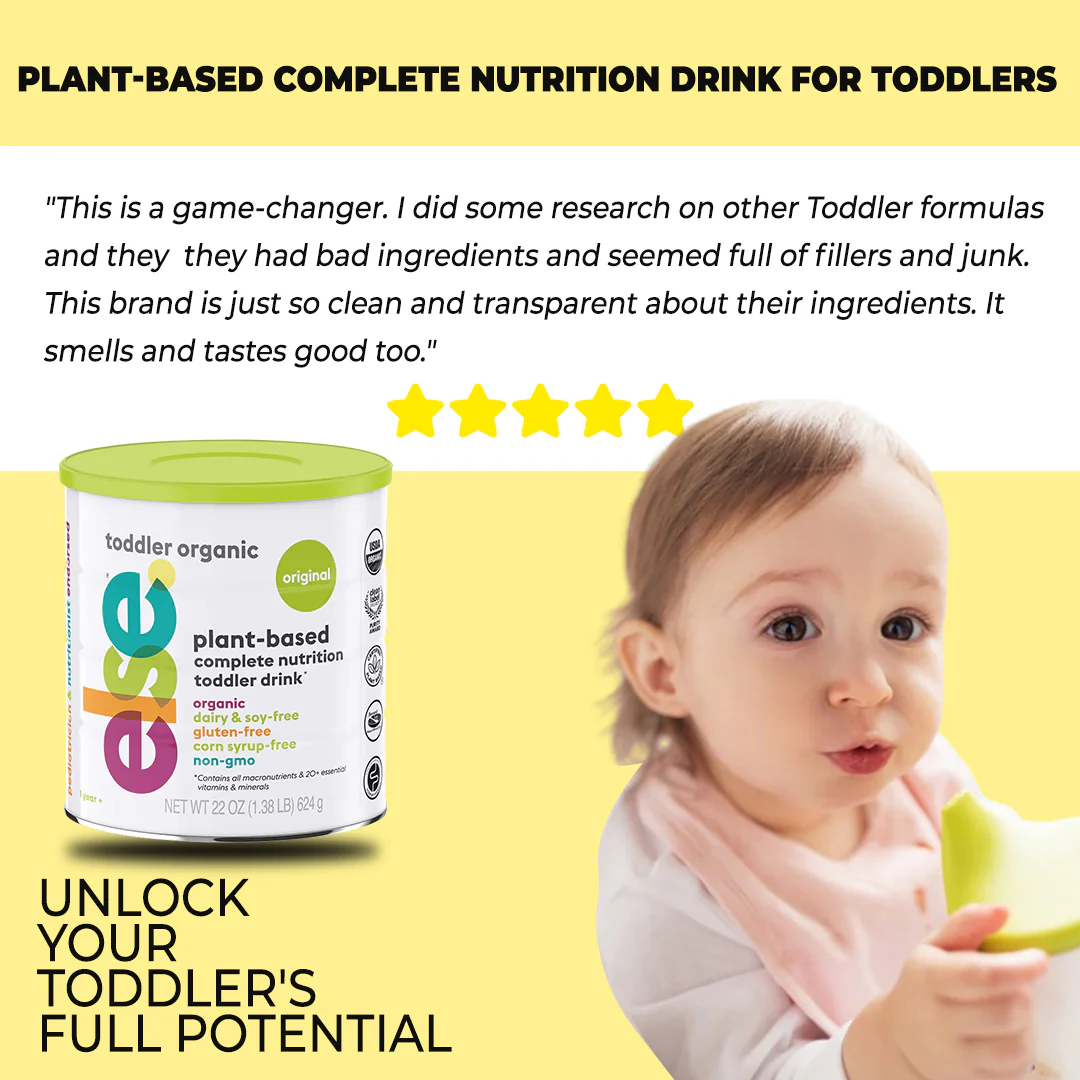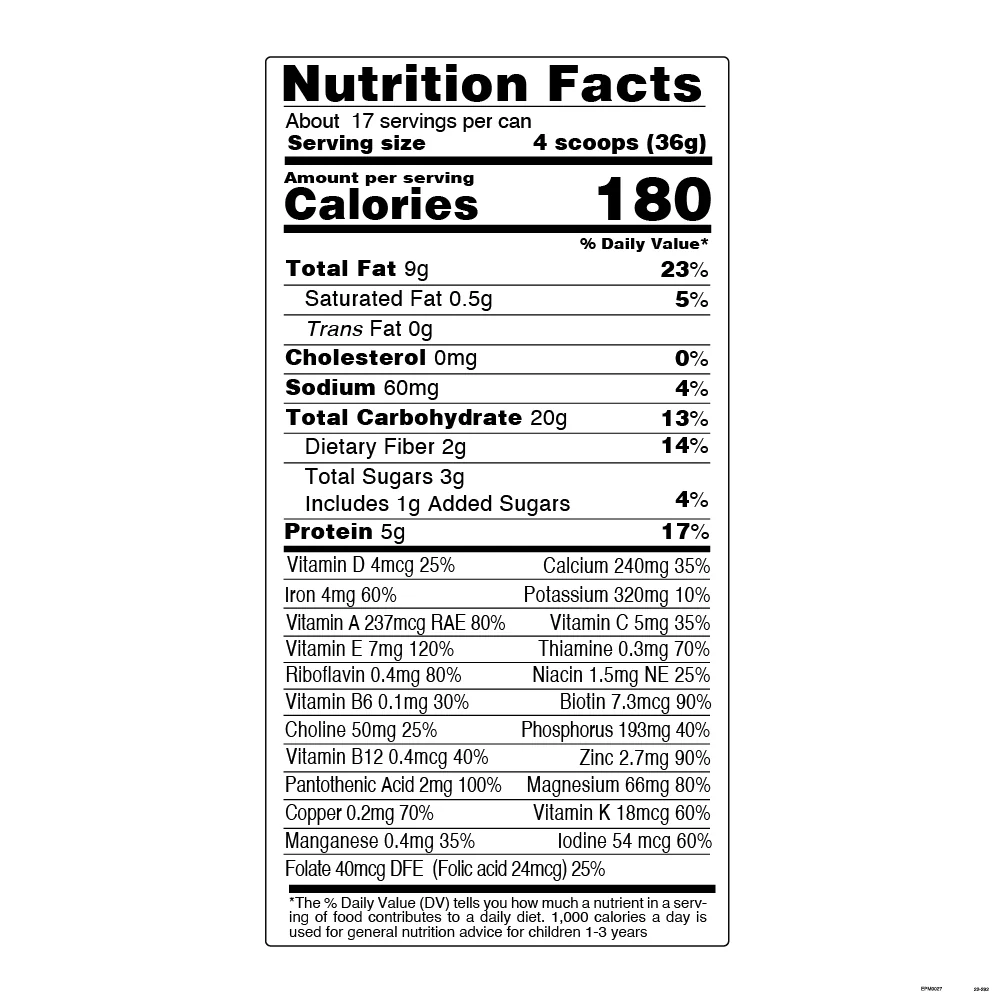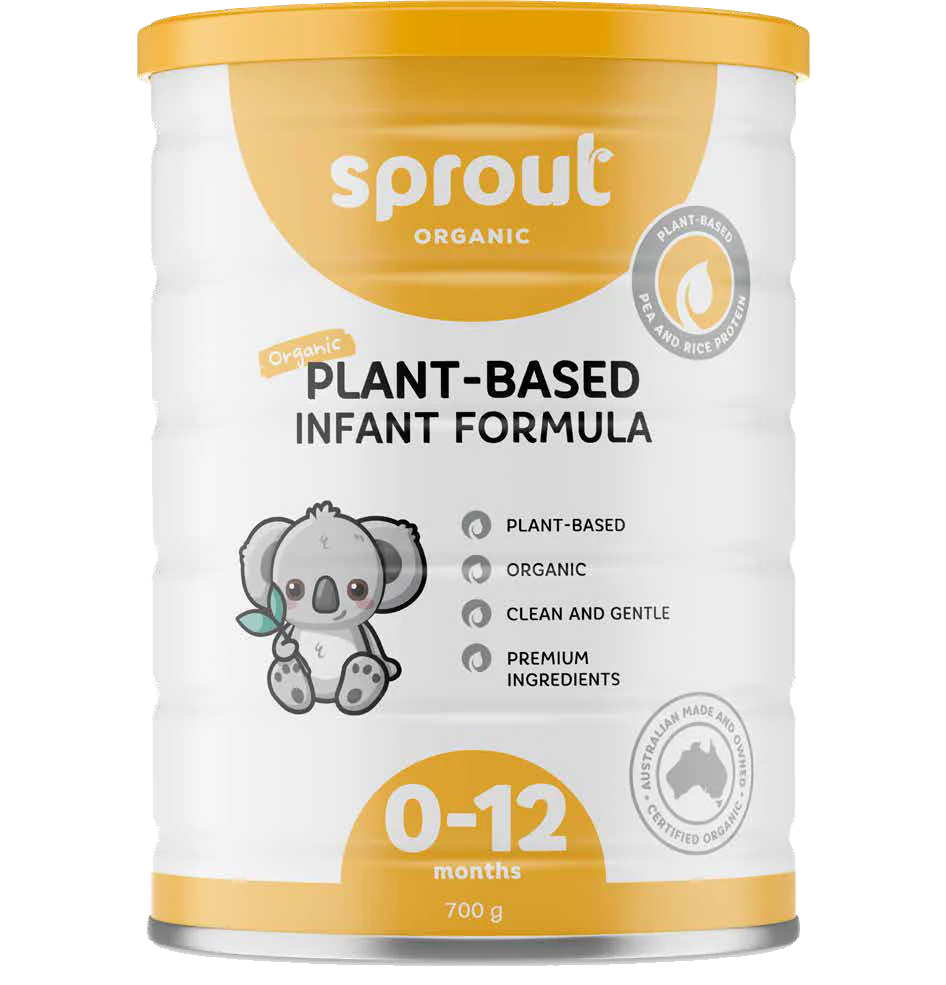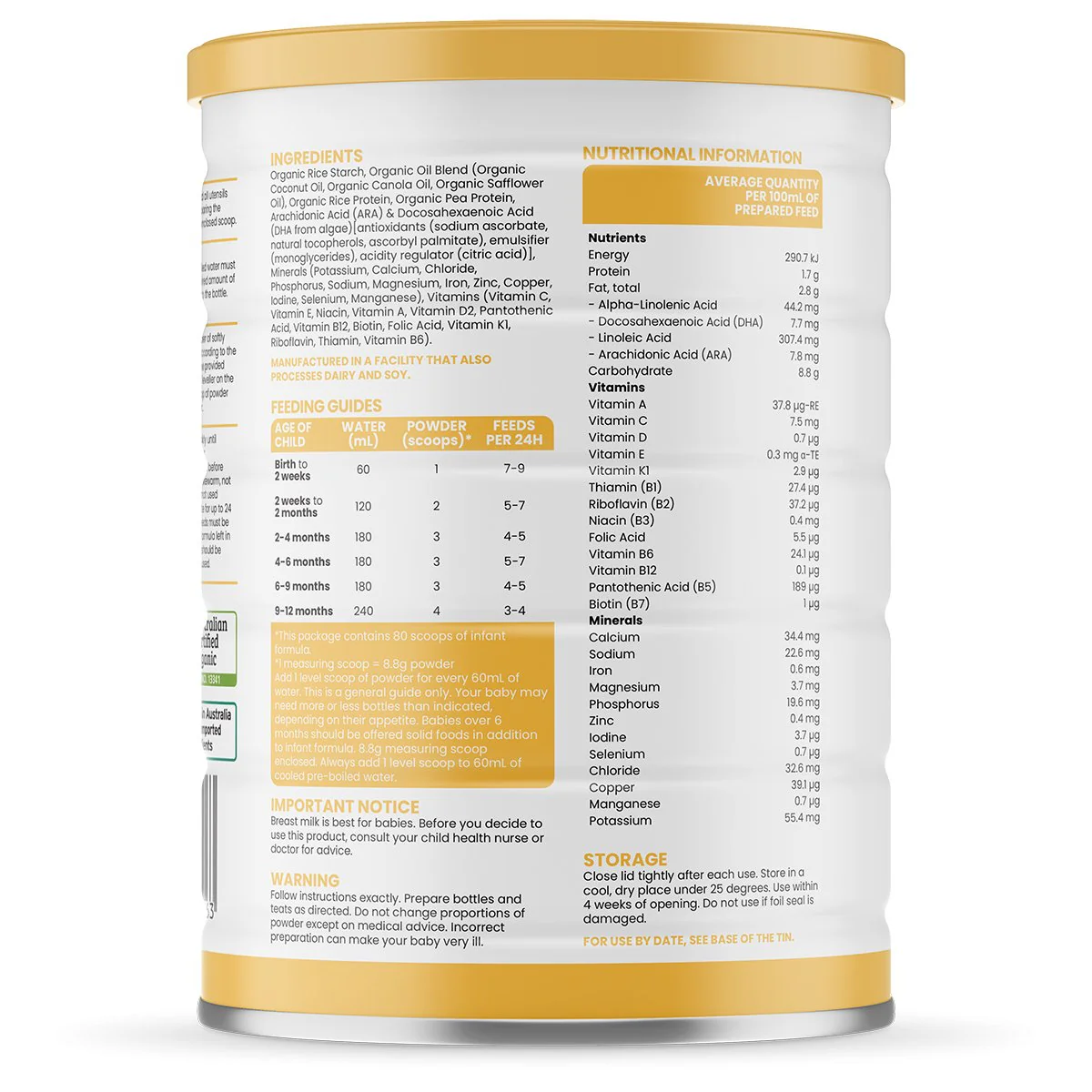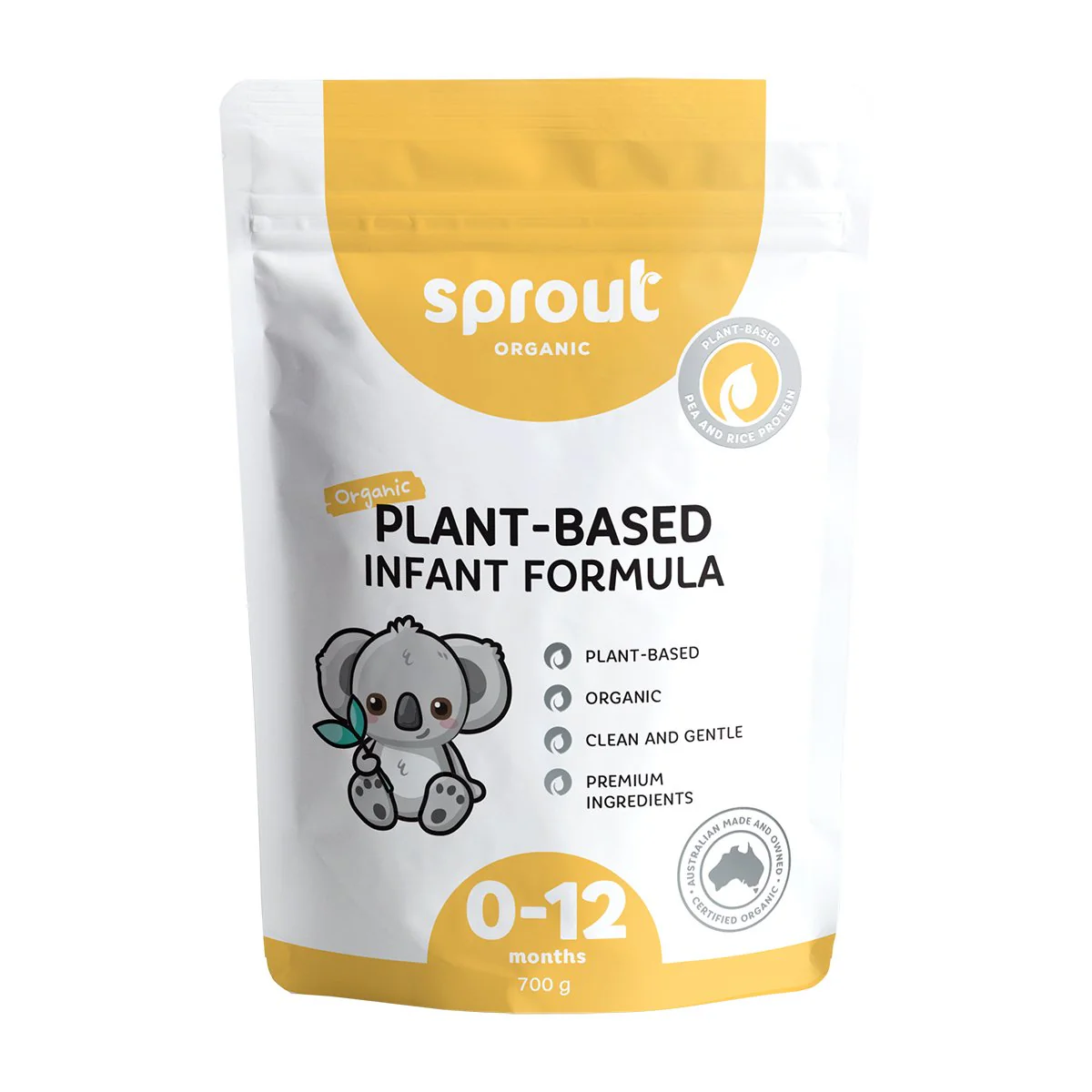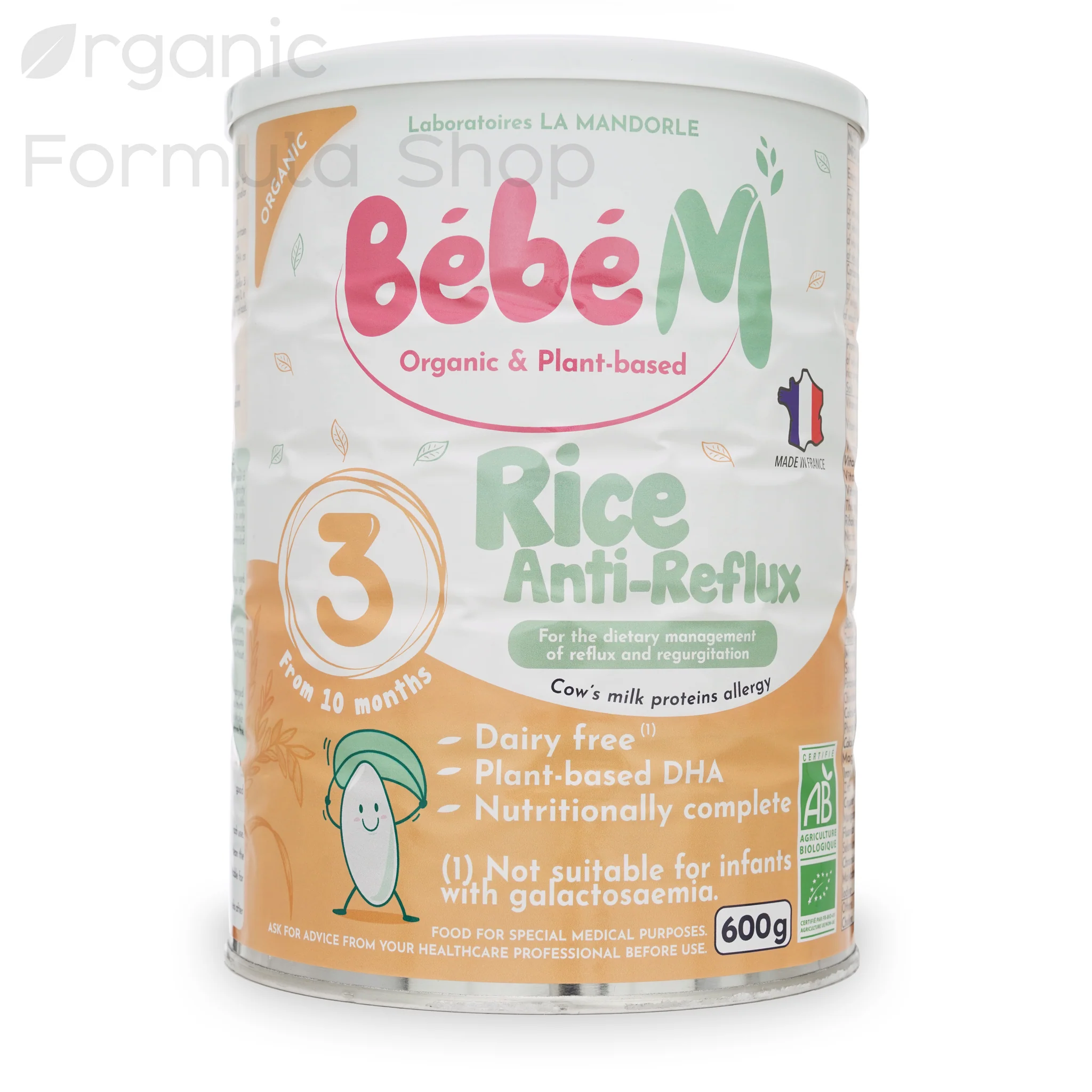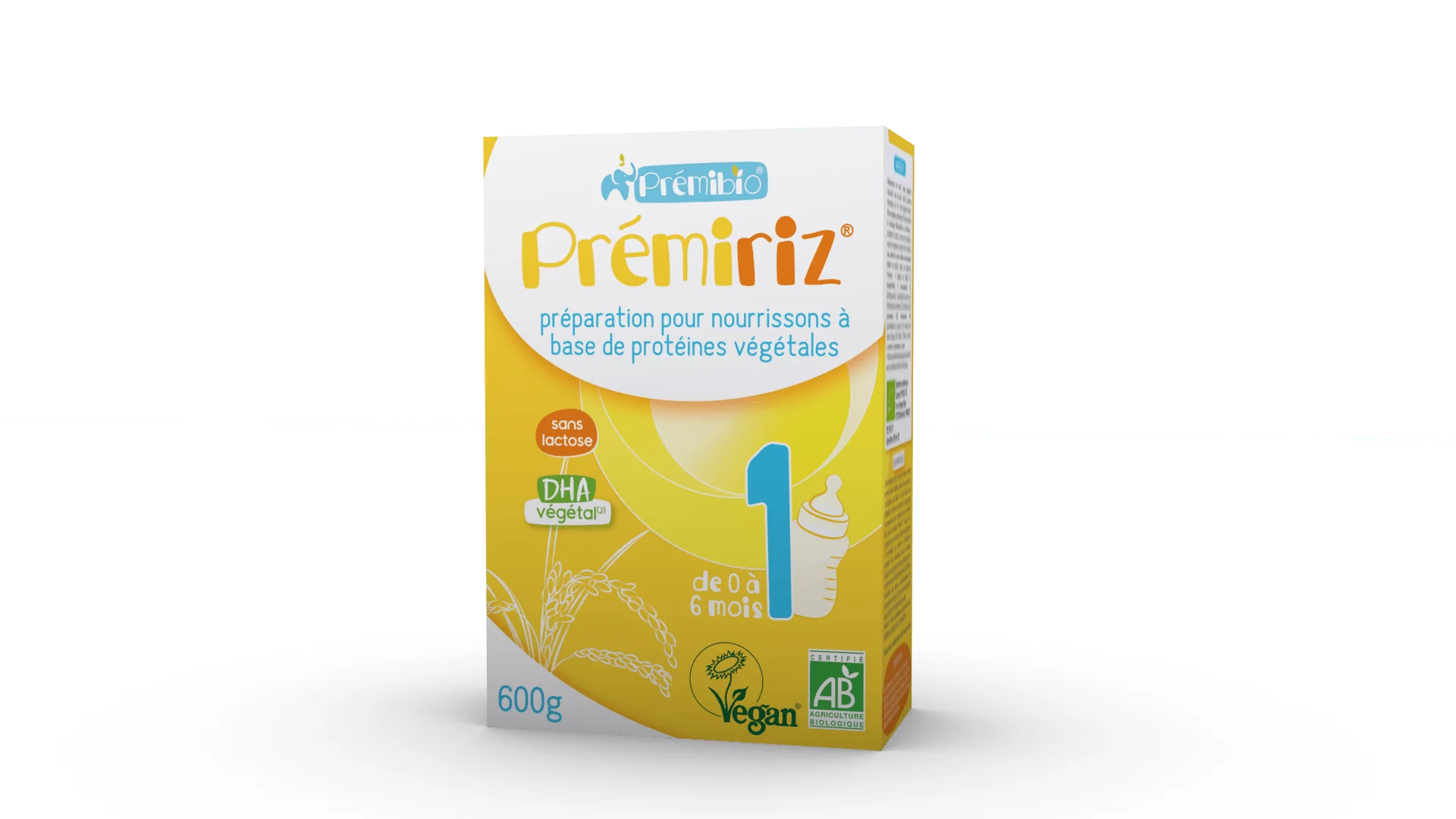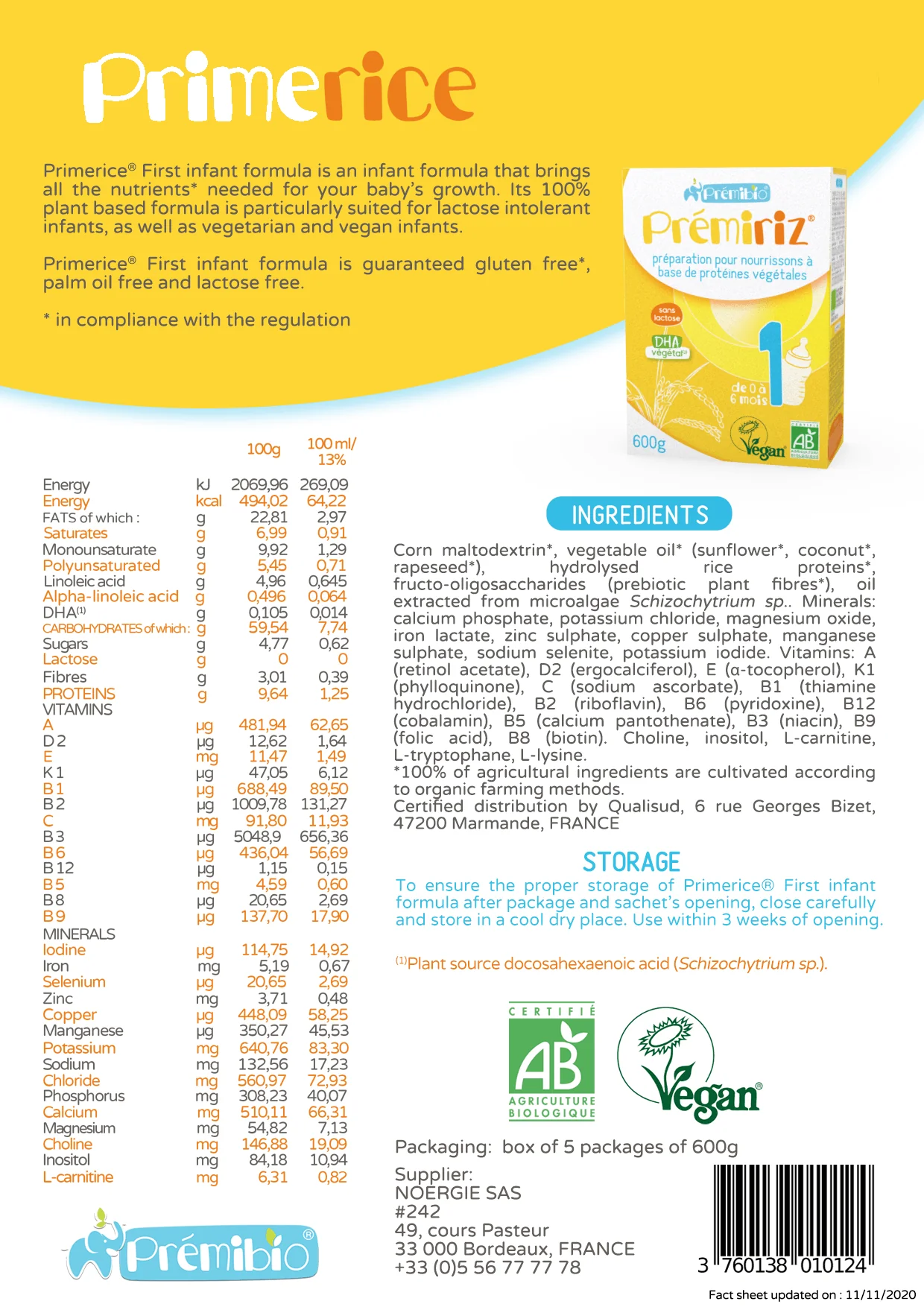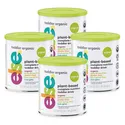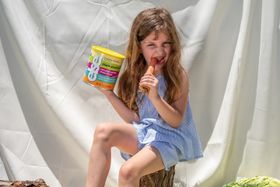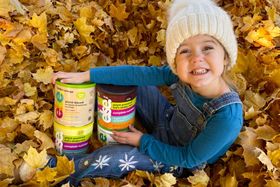4 Best Formulas for Dairy & Soy Allergies: Nourishing Your Baby With Care
Is your baby struggling with allergies? Discover the best dairy and soy-free formulas to nourish your little one and ensure their well-being
Published October 7, 2024

There's nothing more heartbreaking than watching your child suffer from allergies. The stress of finding the right formula for a baby with both dairy and soy allergies can be overwhelming. The constant fear of an allergic reaction looms over every feeding, turning what should be a bonding experience into a source of anxiety.
Fortunately, safe and nutritious options are available. Let's explore how to find the best soy and dairy-free formula for your little one.
» Nourish your baby without compromising their health. Choose gentle, dairy and soy-free formula
Our Pick: Best Formulas for Dairy and Soy Allergies
- Best overall formula for dairy and soy allergies:
- Else Nutrition Plant-Based Complete for Toddlers
- Best organic formula for dairy and soy allergies: Sprout Organic Vegan Infant Formula
- Best anti-reflux formula for dairy and soy allergies: Bébé M Organic Rice Anti-Reflux
- Best newborn formula for dairy and soy allergies: Prémiriz Stage 1 Organic Vegan Baby Formula
Understanding Dairy and Soy Allergies in Infants
Dairy and soy allergies happen when your child's immune system reacts to proteins found in cow's milk and soybeans. Symptoms can range from mild to severe, including digestive issues, skin reactions, and respiratory problems.
Dairy and soy are common ingredients in many infant formulas, so finding an alternative can seem daunting. But thanks to advancements in nutritional science, several options are now available for babies with these allergies. The key is formulas that provide complete nutrition without triggering allergic responses.
» Ready to switch to from breastfeeding? Try soy and dairy-free baby formula
Nutritional Concerns with Dairy and Soy Allergies
Kids with both dairy and soy allergies may be at risk of lacking certain essential nutrients typically found in these foods. Some key nutrients that need special attention include:
- Calcium is crucial for bone development and is abundantly present in dairy products. Formulas for allergic infants must ensure adequate calcium content.
- Vitamin D, often fortified in milk and soy products, plays a vital role in calcium absorption and bone health.
- High-quality proteins are essential for growth and development. Cow's milk and soy are excellent protein sources, so alternative formulas must provide equivalent protein quality and quantity.
- Essential fatty acids, particularly DHA and ARA, important for brain and eye development, are often added to standard infant formulas and should be present in hypoallergenic alternatives.
» Learn more about protein needs of infants and toddlers
4 Best Formulas for Dairy and Soy Allergies
Considerations When Choosing a Formula
As you explore different formula options, keep the following factors in mind:
- Nutritional Completeness: Ensure the formula provides all the essential nutrients your baby needs for proper growth and development. Look for formulas that meet the nutritional standards set by pediatric health organizations.
- Allergen-Free Certification: Choose options that are certified free from dairy and soy. Always read labels carefully, as some products may contain trace amounts of allergens.
- Digestibility: Some babies may tolerate certain formulas better than others. Pay attention to how your baby responds to the formula in terms of digestion and overall comfort.
- Taste and Acceptance: Hypoallergenic formulas can taste differently than traditional formulas. Be patient as your baby adjusts to the new flavor.
» Check out these tips for transitioning from breastfeeding
Beyond Formula: Additional Considerations
While finding the right formula is crucial, there are other aspects to consider when caring for a baby with dairy and soy allergies:
- If you're breastfeeding, you may need to eliminate dairy and soy from your diet to prevent allergens from passing through breast milk.
- As your baby grows and starts solid foods, be vigilant about reading food labels and introducing new foods cautiously.
- Educate family members, caregivers, and healthcare providers about your baby's allergies to ensure consistent care and avoid accidental exposure.
- Stay informed about the latest infant nutrition and allergy management research and developments.
» Tired of commercial formulas? Explore soy and dairy-free alternatives
A Healthy Start, Allergy-Free
Navigating infant nutrition with a child who has both dairy and soy allergies can be a challenging experience. But there are solutions available that can provide your baby with the necessary nourishment without triggering allergic reactions.
But with options like Else Nutrition, you can feel confident in providing the best possible care for your little one. Their plant-based formula offers a clean, organic alternative free from dairy and soy. This ensures your baby receives the essential nutrients for healthy growth and development.
» Don't let allergies hold your baby back. Switch to dairy and soy-free formula
The content and advice provided in this article are for informational purposes only and are not a substitute for medical diagnosis, treatment, or advice for specific medical conditions.
Always consult a pediatrician to understand your child's needs. The article expresses the views of the article's editor.
References
[1] J. D. Kattan, R. R. Cocco, and K. M. Järvinen, “Milk and soy allergy,” Pediatric Clinics of North America, vol. 58, no. 2, pp. 407–426, Mar. 2011, doi: 10.1016/j.pcl.2011.02.005. Available: https://www.ncbi.nlm.nih.gov/pmc/articles/PMC3070118/








